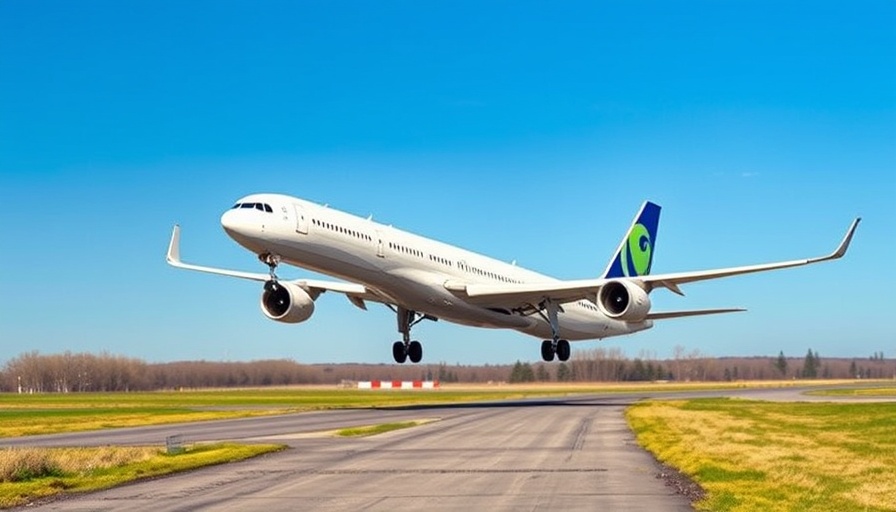
Why Air Quality Matters in the Skies
The recent bipartisan push for improved air quality on commercial flights shines a spotlight on a critical issue affecting the health and safety of millions. With many long-haul flights lasting several hours or more, the quality of air we breathe in aircraft cabins is crucial. Representatives like Rep. Maxwell Frost (D-FL), who reintroduced the Safe Air on Airplanes Act, emphasize that many passengers and crew members may unknowingly be exposed to toxic fumes that can arise from current air circulation systems, primarily those relying on engines for cabin air.
Understanding the Problem: Bleed Air Systems
Bleed air systems, which supply cabin air via engines, are under scrutiny due to their potential to introduce harmful chemicals into the cabin atmosphere. This concern arises particularly when engine fuel and other toxic fluids leak. The legislation mandates that new aircraft be equipped with advanced filtration systems that can effectively remove pollutants. Such changes could significantly enhance air quality, drawing support from groups like the Association of Flight Attendants and various labor unions.
The Human Impact: Quality of Life Concerns
For business owners and facility managers, the implications of poor air quality extend beyond health—there's a tangible impact on productivity and employee satisfaction. The concept of healthy work environments is expanding to include transportation as a necessary aspect. Just as businesses are focusing on sustainable building practices and community wellness, ensuring the air quality in planes can enhance travel experiences for employees and clients alike. Air travel fatigue and illnesses can result in downtime, affecting organizational efficiency and financial stability.
Legislation's Potential Ripple Effects on the Industry
As the Safe Air on Airplanes Act gains momentum, it may influence policy decisions across various sectors, not just aviation. Facility managers and business owners can learn from this movement, understanding that legislative action aimed at improving health standards can lead to better workplace practices and the adoption of cleaner technologies. This could propel innovations that make healthier air a standard in all types of commercial buildings, fostering a proactive approach toward public health.
Taking Responsibility: A Call to Action
The issue of air quality in commercial flights is a part of a larger narrative about our environment and health standards. As stakeholders in various industries, business owners, property developers, and community leaders can advocate for similar health-enhancing technologies in their buildings. Supporting cleaner air initiatives is not just a responsibility; it's an investment in the well-being of employees, customers, and the community at large. Join the conversation and encourage further developments in air quality improvement—our health and productivity depend on it.
 Add Row
Add Row  Add
Add 




Write A Comment